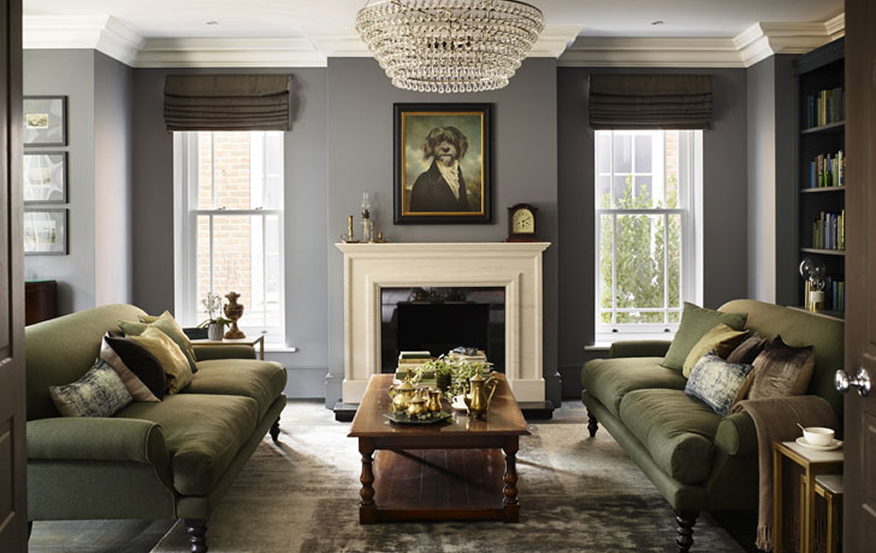7. Bathrooms and Wellness Spaces
Bathrooms in British homes range from practical to luxurious. Modern designs often incorporate clean lines, neutral tiles, and efficient fixtures, while larger homes may feature spa-like elements such as freestanding bathtubs, rainfall showers, and underfloor heating. Attention to storage and organization ensures functionality without compromising aesthetics.
Advertising
Wellness spaces, including small gyms, meditation corners, or reading nooks, reflect growing interest in self-care and holistic living. These areas are integrated seamlessly into interiors, emphasizing calm, relaxation, and personal well-being.
8. Sustainability and Modern Trends
Sustainability has become a central consideration in British interior design. Homeowners increasingly prioritize eco-friendly materials, energy-efficient lighting, and sustainable furniture. Recycling, upcycling, and choosing locally sourced products are common practices, reflecting environmental consciousness without sacrificing style.
Modern trends also emphasize flexibility and technology integration. Smart home systems, modular furniture, and adaptable spaces allow residents to optimize comfort, convenience, and functionality. Contemporary British interiors blend tradition with innovation, maintaining a connection to heritage while accommodating modern lifestyles.
9. Creating a Sense of Home and Comfort
The hallmark of British interiors is their focus on homeliness—the feeling of warmth, safety, and personal identity. Combining aesthetics with practicality, British homes aim to create spaces where residents can relax, entertain, and express themselves. Attention to detail, layered textures, and personal touches contribute to a unique atmosphere that is both inviting and functional.
From historic townhouses to modern apartments, British interior design balances elegance, comfort, and individuality. The integration of tradition, contemporary influences, and sustainable practices ensures that homes remain livable, stylish, and reflective of personal taste.
10. Conclusion
British interior design is defined by its ability to merge history with modernity, tradition with innovation, and elegance with comfort. It celebrates individuality, functionality, and a sense of belonging, creating interiors that are as practical as they are inviting.
Understanding these principles allows residents and designers to craft spaces that reflect cultural identity, lifestyle preferences, and environmental responsibility. Ultimately, the British approach to home design demonstrates that true comfort is not only about aesthetics—it is about creating a sanctuary where people feel connected, relaxed, and at ease in their daily lives.
